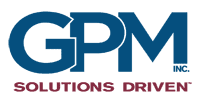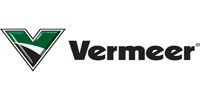Buyers Guide
What is a Casting?
Metalcasting is a process in which molten or liquid metal is poured into a mold made of sand, metal or ceramic, to form geometrically complex parts. The most common metals include iron, aluminum, magnesium, zinc, steel and copper-based alloys. Metal castings are used in cars, trucks, planes, trains,mining and construction equipment, oil wells, kitchen appliances, pipes, toys, space shuttle, wind turbines,nuclear plants, tanks, bombs, and more. (American Foundry Society) Look around- you will always find castings nearby!
A Buyer asks: “How can I reduce parts count AND cost?” Would your boss be impressed if you were reduce both the parts count and the cost for a component? Almost every manufacturing business has parts built up using welding. These ‘weldments’ are labor intensive. Plus each of the component’s pieces must be carried in inventory or cut from plate or pipe- both labor intensive. Just as integrated circuits or ‘chips’ decreased the parts count, lowered the cost, and improved the reliability of electronics, a casting may be the answer to earn these same benefits. Download a free “Weldment Evaluation” certificate on our website.

Why have a Metallurgist on staff?
It’s like having a surgeon in the emergency room. When you need one, you need a problem solved fast!
- PriceThe cost of castings and services is important as one component of the Total Cost of Ownership. When you partner with MMP, we work side by side to reduce the TCO, which saves more money than just buying cheap castings. Price vs Cost: The Value Discussion http://www.reshorenow.org/why-reshore TCO Estimator: http://www.reshorenow.org/tco-estimator/
- DeliveryOn time is important. Ensure you know the on-time performance of your supplier. At MMP, we are proud of our record and gladly share it. Your business is important, and we know it!
- ServiceThere are many areas that are service, even in the foundry world. For example, look for a supplier who gives ‘front of the line’ service if your team finds a problem with a delivered item or service. A supplier who offers shorter lead times through a premium program can keep your line moving when you might have given up hope!
- QualityThings are different when a metallurgist owns and operates the plant. No matter what standard of quality you choose, we will not only meet or exceed it, we will put you at the front of the line if you find a problem with anything we deliver!










